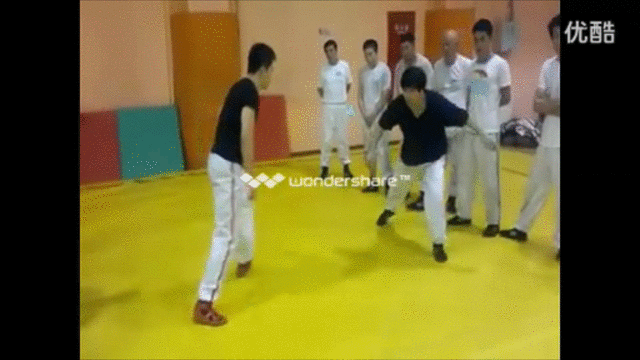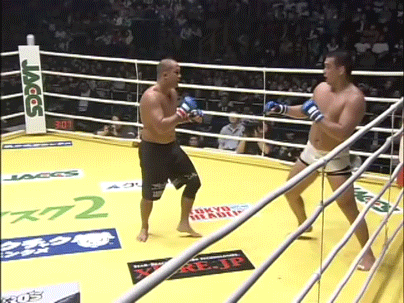One thing I think is essential in training is understanding what each part of your practice is for. What is the goal? Being vague here doesn’t help...
Attributes are intrinsic elements of the practitioner. They might include speed, aerobic endurance, physical strength, flexibility, ability to generate martial power (fajiang or atifa), ability to take a hit/body conditioning, fundamental mechanics, use of peripheral vision, and so on....
Techniques are exactly that. Specific martial applications. For example a kote gaeshi, or seio nage. This category would also include things like tenshin, interactive blocks and strikes, ukemi, throws, kansetsu or shime waza, or how to resist, absorb, or apply specific pressures...
Skills are the means by which attributes are used to apply techniques. These are things like understanding timing, controlling space, and taking and maintaining the opponent’s balance, hitting with power on target on a resisting opponent while moving. Things like being aggressive (in intent, not emotionally), controlling fear, zanshin, ability to observe, and so on are also skills.



